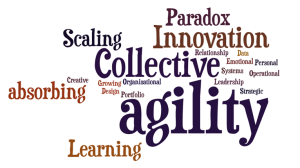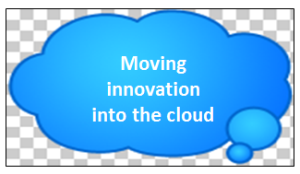 If you ever have lived in the tropics you know of the arrival of the monsoons.
If you ever have lived in the tropics you know of the arrival of the monsoons.
Skies darken, clouds gather, often thunder and lightning combine, the wind picks up and the rain ‘announces’ its arrival in sheer torrents of heavy, drenching, wave-upon-wave of unrelenting force.
It is hard to stand upright or know what to do. Everything around you transforms. Dry, often parched land quickly turns to rivers of water, seeking out everything to shift and move along and eventually going everywhere to transform the landscape.
We are presently being told we are at the beginnings of a digital revolution; it has been likened to a tsunami in its eventual (devastating) effect on our organizations and by inference, the impact it will have on each of our lives.








